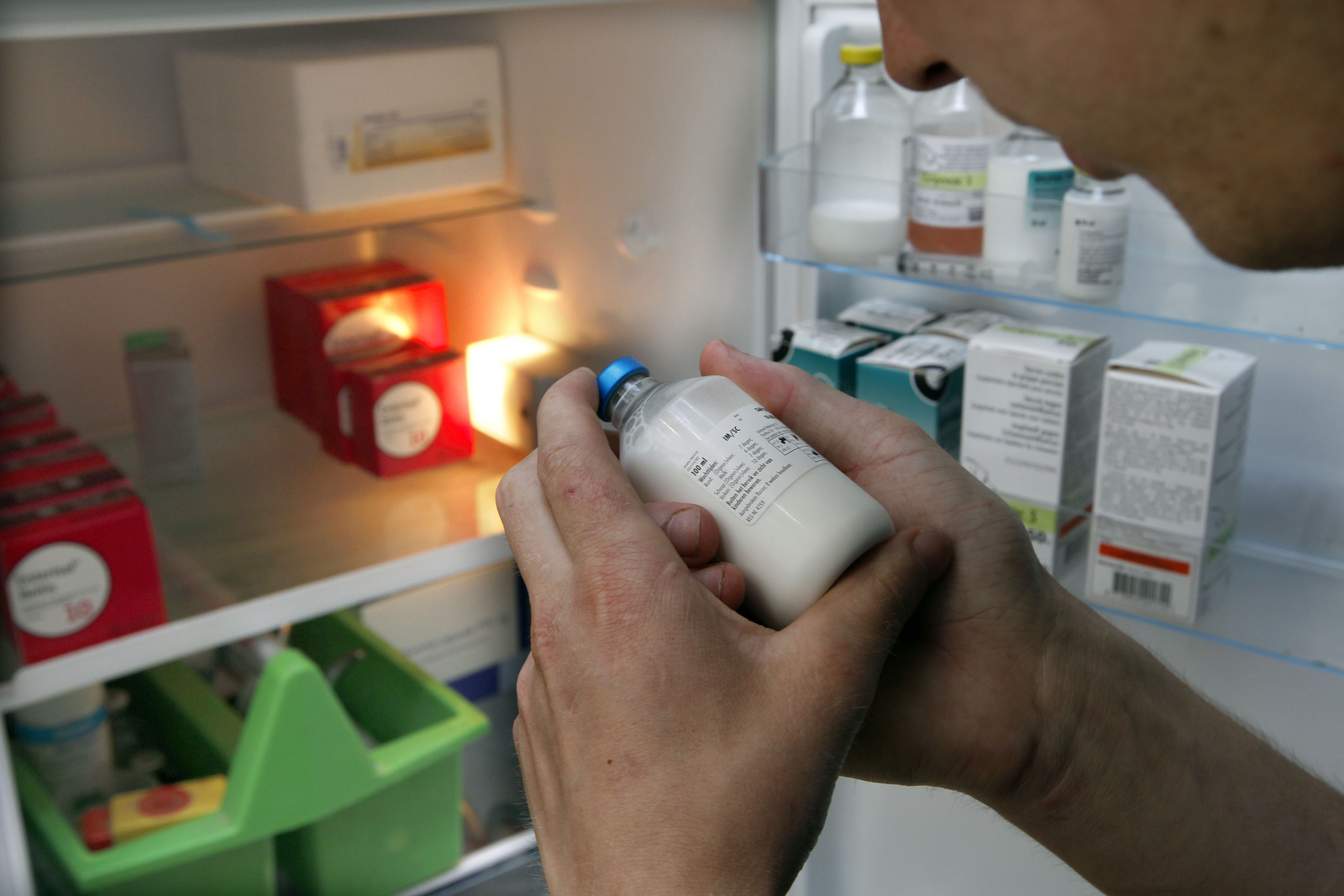Botanicals: from sensory to zootechnical additives

As more countries around the world ban the use of in-feed antibiotics, more natural additives take their place. But despite the availability of a large number of botanical preparations, achieving zootechnical approval of such products is challenging.
By Dr Elinor McCartney, president,
Pen & Tec Consulting Group
Antimicrobial resistance (AMR) is a serious global problem, compounded by the lack of new, effective antibiotics. A recent report from the World Health Organization warns that many infectious diseases may soon be untreatable due to AMR, and that antibiotic failure will convert minor community and hospital problems into fatal diseases (WHO 2014). To combat AMR, the European Union (EU) completed a ban on antimicrobial growth promoters in 2006, a prohibition that has stimulated research and development into alternative feed materials and feed additives. Elsewhere, the US FDA is encouraging the feed and animal health industries to reduce antimicrobial use in food animal production, US retailers are increasing demands on their suppliers for “antibiotic-free” meat and in Asia and Latin America, EU supermarket buyers impose stringent restrictions on antimicrobial use in food animals destined for European markets.
The gold standard
Probiotics and enzymes have been regulated as feed additives in the EU for more than two decades, resulting in a significant number of approved products, classed as zootechnical feed additives (Table 1). This legal category encompasses innovative products that help to reduce antimicrobial use. Feed enzymes improve nutrient digestibility and suppress unwanted hind-gut fermentation, thus contributing to gut health. Probiotics suppress enteropathogens and putrefactive bacteria, thus reducing diarrhoea, wet litter and opportunistic environmental pathogens. Zootechnical feed additives have become a “gold-standard” in innovation, since authorisations are linked to the holder, thus providing protection of intellectual property. Additionally dossiers must pass evaluation by EFSA (European Food Safety Authority) ensuring demonstration of consistent product quality, confirmed safety to animals, users, consumers and the environment, and most important to commercial users, satisfactory demonstration of improved performance in at least three efficacy studies carried out according to stringent EFSA requirements. These standards include sound study design, an appropriate statistical approach, and carefully documented data, certified by an independent study director. The high standards required to achieve a positive EFSA opinion and subsequent EU approval translates to a competitive advantage for users. Hence feed producers can deliver the high quality science and “know-how” associated with innovative and effective EU-approved products, as well as guaranteeing consistent quality and performance, enabling producers to meet their individual challenges.
Botanical innovation?
Chemical and natural feed flavours were not legislated as individual feed additives until 2010, when re-evaluation dossiers were required for each feed flavour. Table 1 illustrates that flavours constitute most EU feed additives, classed in the “generic” (not holder-linked) sensory category. For most of these sensory additives, no demonstration of efficacy is required, since the majority are also used as food flavours, and EFSA allows the extrapolation of sensory properties from human use to animal use, where usage rates are comparable.

Dr Elinor McCartney is an expert in EU food chain legislation and heads the Pen & Tec Consulting Group, dedicated to providing regulatory support for companies seeking EU legal status for their products.
A more recent trend in EU feed additive innovation is the differentiation of a few botanically-derived products as zootechnical feed additives to show benefits such as improved animal performance, better nutrient digestibility and faster gut maturation. Novel coating technologies are applied to most of this select group of botanicals. Key features are: Coating technology delivers selected botanical actives to target gut sites; improved nutrient digestibility by stimulating appetite, gut function and physiology; control of enteropathogens through local antiseptic actions, accelerate gut mucosal development and digestive capacity; and improved bone density and skeletal strength by enhancing Ca/P absorption.
Achieving approval is a challenge
Despite the availability of a large number of botanical preparations derived from exotic plants, herbs, spices and essential oils, achieving zootechnical approval of such products is challenging, and to date only a handful of plant-derived (or nature-identical) feed additives have succeeded, mainly due to the difficulties in demonstrating consistent efficacy to EFSA’s satisfaction in at least three studies per target animal category. Only Aviplus®, based on nature-identical components (thymol, sorbic/citric acids and vanillin), and Fresta® F (based on carraway and lemon essential oils) have succeeded to date in satisfying the exacting requirements of EFSA, the EU Commission and Member States. These two products are approved for use as performance enhancers in weaned piglets. Table 2 summarises the data from five studies used to support Fresta® F efficacy, and indicating improvements in the order of 4-5%. Another botanical dossier, Suilectin®, based on red kidney bean lectins and used in pre-weaned piglets, aimed at promoting health and performance in the period around weaning, is pending an EFSA opinion in 2014. This product accelerates gut maturation, resulting in enhanced post-weaning performance. To date no natural botanical products have completed EFSA evaluation as zootechnical additives in poultry, but Aviplus® (nature identical components) is approved in broilers, and four dossiers, Crina® Poultry Plus (based on benzoic acid, thymol, eugenol and piperine), Liderfeed® (based on eugenol from clove oil), Xtract® Evolution-B (based on carvacrol, cinnamaldehyde and capsicum oleoresin) and Biostrong® 510 (based on essential thyme and star anise oils) are in progress. Table 4 summarises data from the latter, and illustrate around 3% improvement in zootechnical performance of broilers, especially in the first 21 days of life, with significant improvements in nutrient digestibility.
Conclusion
Achieving a zootechnical authorisation in the EU, perceived globally as the “gold standard” of feed additives, requires
considerable expertise, experience, planning and investment. Whereas there are few botanical zootechnical approvals today, the problems and pressures associated with global AMR are likely to drive further innovations and investments in effective alternatives, so the future for high quality botanical preparations is promising. The commercial advantage of such products to users, apart from offering support in efforts to reduce antimicrobial use, is the confidence that they have passed a stringent, independent assessment of quality, safety and efficacy, and will deliver consistent performance in the field.
Reference: WHO (2014) Antimicrobial resistance – global report on surveillance.
[Source: AllAboutFeed Vol 22 nr 5, 2014]











